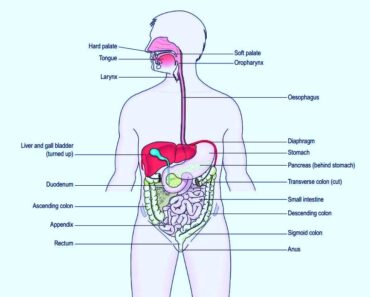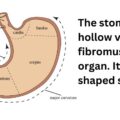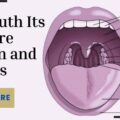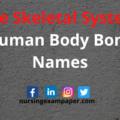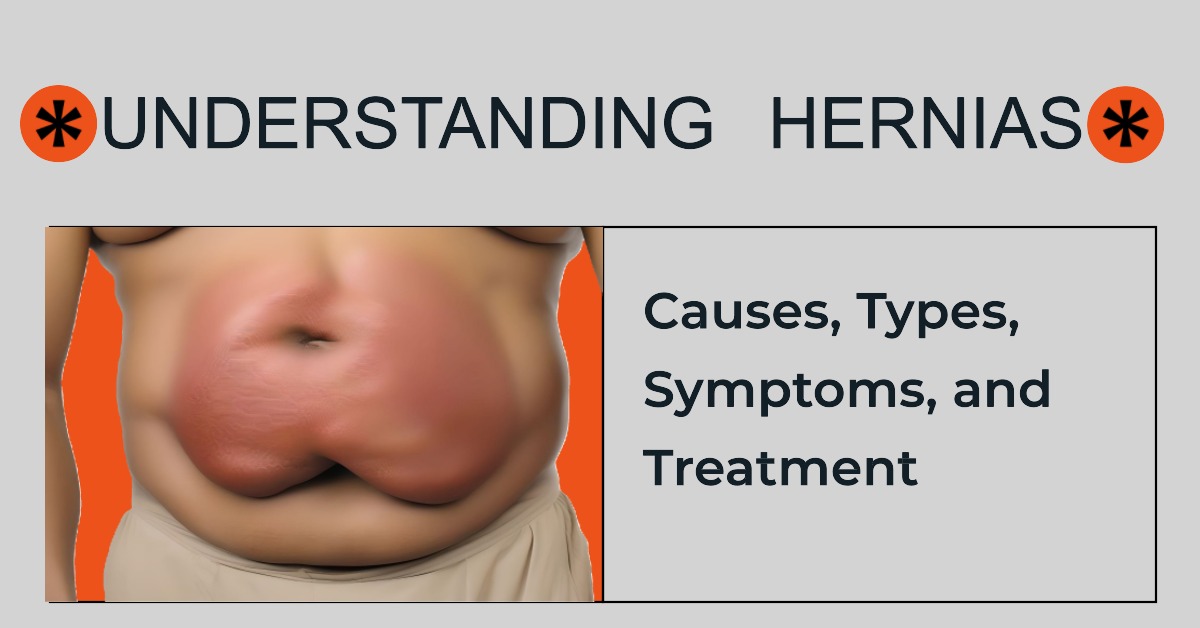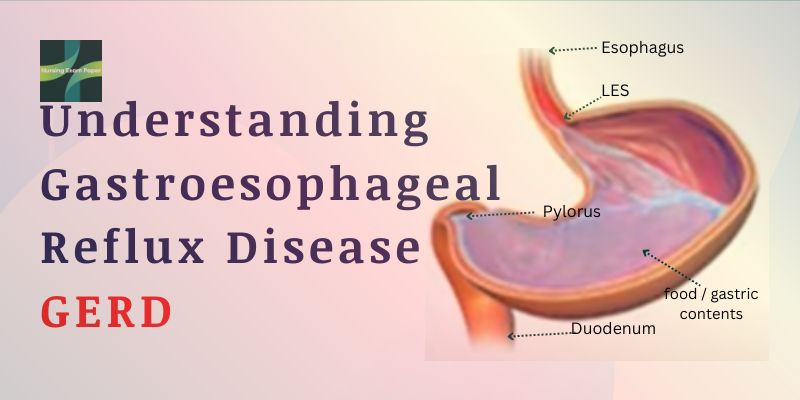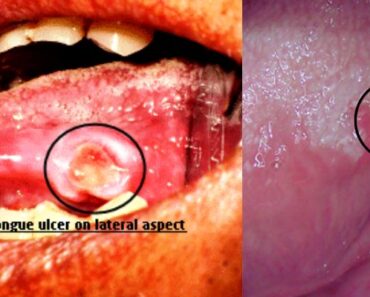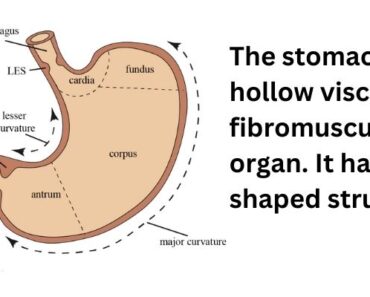Introduction: The human digestive system is a complex network of organs that work together to break down and digest food to extract the nutrients our bodies need. It is composed of the gastrointestinal tract, also called the GI tract or digestive tract, and its accessory organs: the liver, pancreas, and gallbladder. This group of organs secrete digestive enzymes and juices, which help our body digest food and liquids. This complex system plays a vital role in maintaining our overall health and well-being. It can be divided into two major groups: that is the gastrointestinal tract and the accessory organs.
The gastrointestinal tract – The GI tract is a series of hollow organs joined in a long, twisting tube from the mouth to the anus. The hollow organs that make up the GI tract are the mouth, esophagus, stomach, small intestine, large intestine, and anus.
The small intestine has three parts. The first part is the duodenum. The jejunum is in the middle and end of the ileum. The large intestine includes the appendix, cecum, colon, and rectum. The appendix is a finger-shaped pouch attached to the cecum. The cecum is the first part of the large intestine. The colon is next. The rectum is the end of the large intestine.
The accessory organs – The liver, pancreas, and gallbladder are the solid organs of the digestive system.
The Gastrointestinal Tract:
The gastrointestinal tract referred to as the GI tract, also known as the digestive tract or alimentary canal, includes several organs: It starts from the mouth and passes through the pharynx, esophagus, stomach, small intestine, large intestine, rectum, and anus. Each organ has a unique role in the digestion and absorption process.
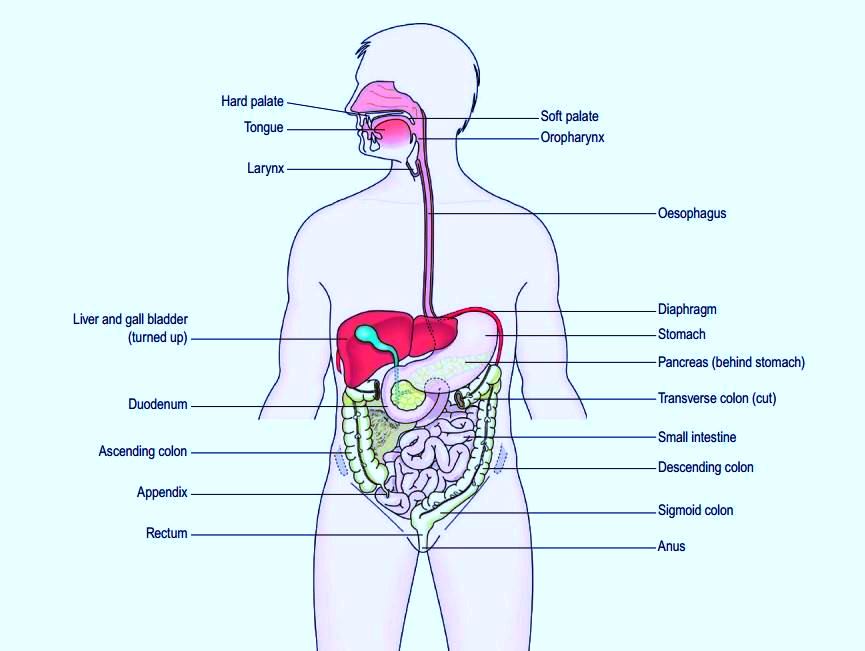
Organs of the GI tract / Parts of the Human Digestive System
Some of the important GI tract organs are there in a list.
The Mouth
The mouth is the first part of our digestive system. From where do we take food and along with it the process of digestion also starts from the mouth. First, food is chewed by the teeth, causing mechanical damage. The digestion of carbohydrates begins with the enzymes of saliva released from the glands present in the mouth. With this process, the work of swallowing food is done. The mouth is formed by joining some supporting organs like lips, teeth, tongue, palate, oropharynx, etc. which is called the oral cavity. (For nursing and other paramedical exam preparation visits on livepariksha)
The Esophagus:
The esophagus connects to the mouth through the oropharynx. The esophagus is covered by a leaf-like structure called epiglottis. (Its function is to prevent food and liquids from entering the trachea (windpipe) and instead direct them into the esophagus during swallowing.) The esophagus connects to the stomach. It does not have any special role in digestion. But still, it has an important role in the digestive system.
The Stomach
The stomach is a muscular organ that receives food from the esophagus. and stores it for some time. It secretes gastric juice containing hydrochloric acid and digestive enzymes like pepsin to break down proteins. Muscular contractions of the stomach churn and mix the food, turning it into a semi-liquid substance called chyme. and reaching the small intestine through the pyloric sphincter.
What is a nursing care plan | Free nursing care plan examples
The Small Intestine:
The small intestine extends from the pylorus of the stomach to the ileocecal junction, where it joins the large intestine at the ileocecal valve. It is divided into three parts called duodenum, jejunum, and ileum. The duodenum is attached to the stomach inferiorly and is approximately 25 to 30 cm long. This organ receives chyme from the stomach. The next part is the jejunum which is the largest part of it. In the gastrointestinal tract. Most of the digestion and absorption of food takes place in the jejunum. Next to this is the ileum which connects to the large intestine. The small intestine is lined with villi and microvilli, increasing the surface area for efficient absorption of nutrients into the bloodstream.
The Large Intestine:
The large intestine, or colon, absorbs water and electrolytes from the remaining undigested food, consolidating it into feces. Beneficial bacteria in the colon help ferment indigestible carbohydrates and produce vitamins. The rectum serves as a temporary storage site for feces until elimination through the anus.
Accessory Organs of the Alimentary Canal:
The digestive system also includes accessory organs that aid in digestion but are not part of the GI tract.
The Liver:
The liver plays a crucial role in digestion by producing bile, a substance necessary for the breakdown and absorption of fats. Bile is stored in the gallbladder and released into the small intestine when needed.
The Pancreas:
The pancreas produces digestive enzymes and releases them into the small intestine. These enzymes break down carbohydrates, proteins, and fats, facilitating their absorption.
Conclusion:
The human digestive system is an intricate network of organs and processes that work together to break down food and extract essential nutrients for our body’s needs. Understanding its structure and functions helps us appreciate the complexity and efficiency of this vital system. By maintaining a healthy digestive system through proper nutrition and lifestyle choices, we can support our overall well-being and optimize the body’s ability to digest and absorb nutrients effectively.
Anatomy and Physiology of the Urinary System
Community Health Officer / CHO Rajasthan
AIIMS Staff Nurse Mock Test Series | Model Paper
Cardiovascular System-Related Multiple Choice Questions and Answers
